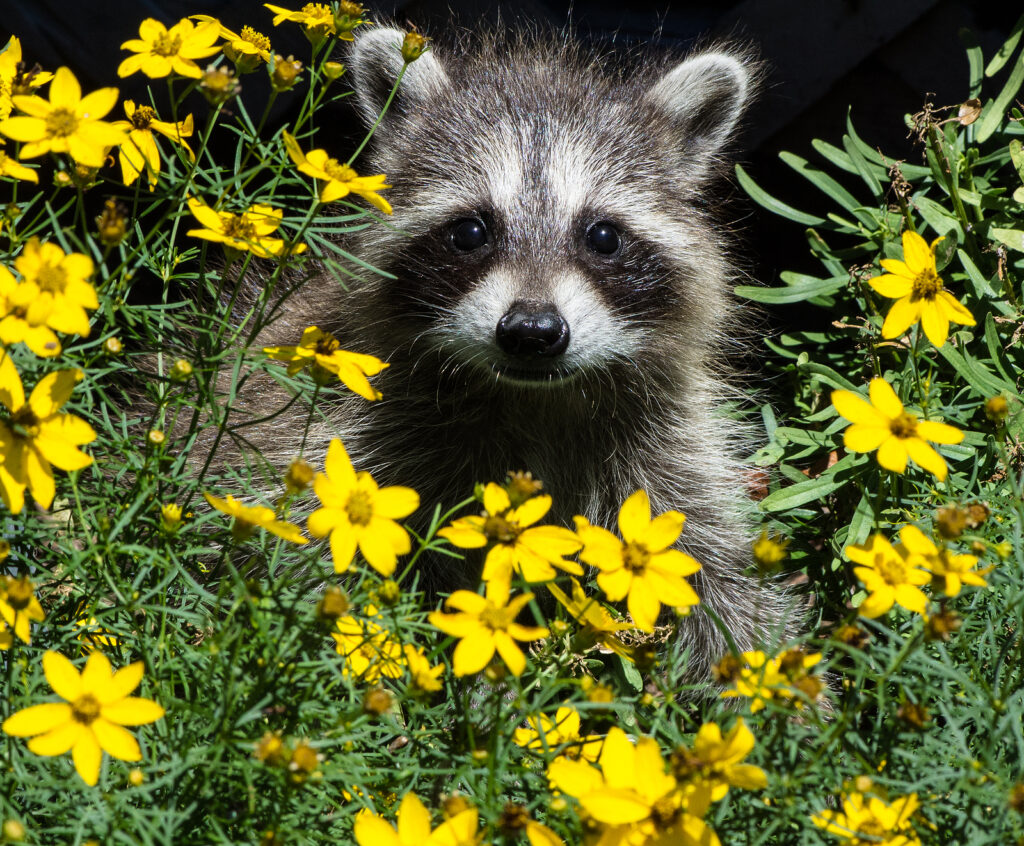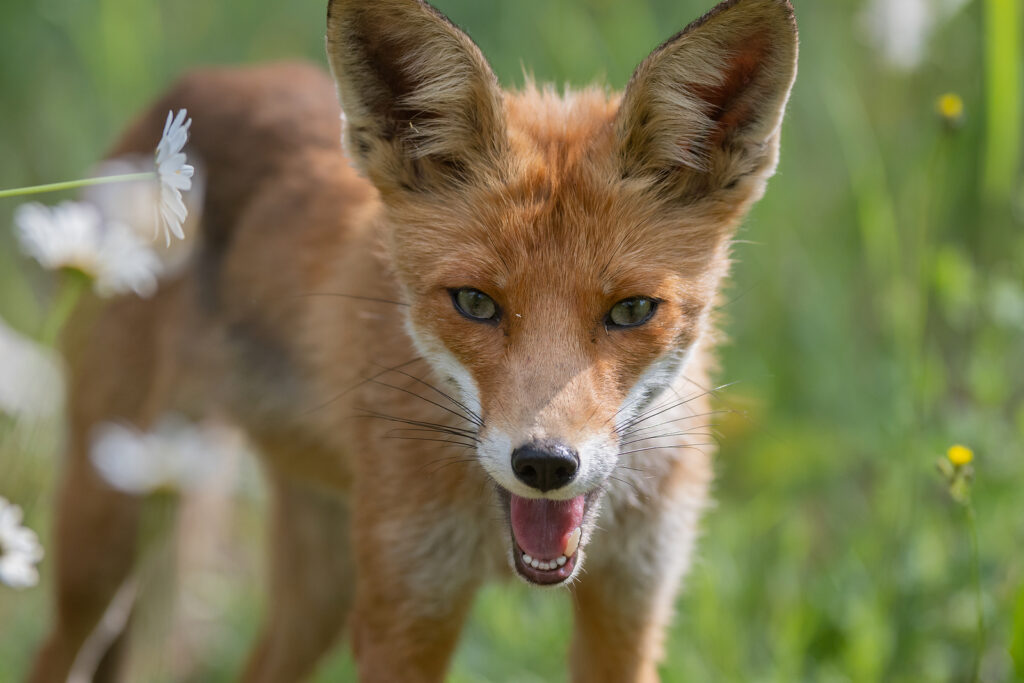Bats are truly an incredible species. This fact is the umbrella reason why safe and humane bat removal services are so vital. Here in the United States, more than 40 species of bat exist. Of those 40 species, many are threatened or endangered. If you are dealing with a nuisance bat population or infestation in Indiana, it is critical that you choose the safest and most humane strategies to abate the problem.
Continue below to learn some facts about bats that will explain why they are so important, plus what you can do to remedy your nuisance bat problem without causing them or the environment any harm.

Bats are Beneficial to the Environment and Economy
Bats have a bad reputation, thanks mostly to movies, tall-tales, and television. Sure, they look scary, having a face only a mother (or bat enthusiast!) loves. But the truth is, bats are among the most fascinating and environmentally-impactful species on Earth. Did you know that bats are mammals? That means they carry and birth their young, called pups, and they raise them on mothers’ milk.
Even more fascinating and remarkable, bats are the ONLY mammal capable of flying. Other mammals, like Flying squirrels and similar critters, do not take “true flight”, meaning they do not fly like a bird. Instead, they soar or drift on wind currents. So, yes; bats are the only mammal on the planet that can fly. How fascinating!
How do bats help the environment and economy? Do you love chocolate? How about margaritas? Fruit? Crops of any kind? Well, you can thank bats for helping to pollinate those crops and more. In fact, more than 549 known plant species are either pollinated or dispersed by bats! Megabats, like Old World Fruit bats, also known as Flying Foxes, are top-pollinators of cacao, agave, mangoes, guava, bananas, and so much more.
Helpful Microbats
In the regions of the country that are not tropical or sub-tropical, you will find Microbats, or Microchiroptera. Opposite of Fruit bats, which eat nectar, sap, and syrups of flowers and crops, microbats are insectivores, and amazing ones at that. A single bat the size of your pinky finger can consume over 1,000 flying gnats, mosquitos, flies, moths, and more, in just a single night. Since they are not solitary, colonies usually present in numbers from a few dozen to a few hundred thousand. With all this built-in pest control, farmers have more successful harvests using less pesticides and chemicals, which is great for the environment and translates into economy stimulation.
In addition to crop protection, pollination, and economy boosting, bats are also helping with modern medicine, such as the creation of vaccines. They are also helping scientists innovate new technologies based on bat sonar, known as echolocation.
Getting Rid of Bats Safely
Just because bats are important for our environment and local economies does not mean we want them overtaking our properties, especially our attics and wall voids, where bat infestations tend to happen the most. Bats should never be harmed, trapped, or killed under any circumstances. In fact, you could be breaking state and federal laws if you do. For instance, the Indiana Bat is federally-endangered, and if you are caught tampering or killing one, you will face very serious criminal and civil penalties.
There are safe and humane ways to abate nuisance bat activity on your property, as well as extract bats from an interior infestation, support local populations, and more. The best place to start is with professional Indianapolis bat removal and control services. Licensed and insured wildlife protection and abatement companies have the required permits, resources, training, and technologies to get rid of bats and prevent them from becoming a threat to your property in the future.
Bat control includes mitigation techniques like sealing openings and gaps in the exterior of edifices, using mesh wire screening and bat valves, ultrasonic technologies, and more. To support your local bat populations while also diverting their attention away from the structures on your property, consider installing bat houses.
Are bats becoming a nuisance around your residential or commercial property in Indiana? Contact Budget Animal Removal at 317-875-3099 for DNR licensed and insured bat removal and control in Indianapolis and its surrounding counties. Request a free estimate or advice, today!
Related Posts:
The Most Threatened Bat Species in Indiana
How to Identify a Bat Problem Around Your Property
3 Reasons Why Bats are Great at Flying


